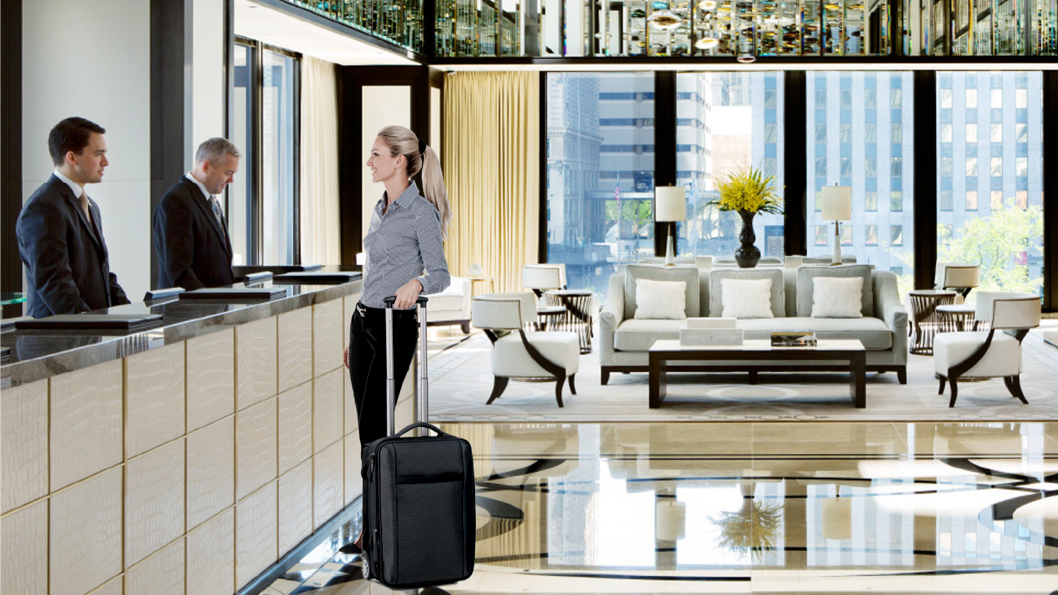There’s no denying that the current world-changing pandemic has brought the travel industry to a screeching halt. We have seen a once-in-a-lifetime near-total stoppage of tourism, owing to travel bans, hotel, and cruise ship quarantines, and grounded flights in many regions of the world.
But the early glimpse of demand recovery in APAC fuels us, in the Americas, with optimism. In Europe, consumers are starting to envision their next trip as some countries move to relax lockdown restrictions. North American travelers still have trips booked for June through December 2020.1
So let’s understand how hoteliers emerge from the current crisis, building on the key lessons learned from the past and articulating a plan for the road to a strong recovery.
Outlook and Future Expectations
We know the world is not coming to an end. Travel will be back, and we expect the recovery to be an elongated “U”. In particular, we believe hotels will lead the recovery for the tourism industry, far sooner than airlines and cruises, with leisure travel to local getaways as the earliest sign of returning demand2. Here are some shifting traveler trends to expect in the near future:
What Should Hoteliers Do and Not Do?
Learning from the past economic crisis, the two most common mistakes hoteliers should strive to avoid are:
Preparing for the Return of Traveler Demand Begins Now
Undoubtedly, travel will return. Families will vacation again. Business travelers will see customers again. Meetings will fill your ballroom again in time. Now is the time to look outside our industry’s plight and take confidence in our mobile- and social-driven world, which promises a strong return of the hospitality industry. Now is the opportunity to prepare and to lead its return.
If you need additional advice or have questions about ways your hotel can prepare to launch into recovery, the team at Sabre is here to help chart your successful path forward. Take a look at how Sabre has strengthened our financial position in response to COVID-19.
- Travel becomes hyper-local
- Leisure returns before Business Travel
- Domestic returns before international
- Transient returns before Group Travel
- Shortened Length of Stay (LOS) patterns
- Purposeful vs. aspirational travel
- Resilient Millennials and Gen Z
- Cautious Boomers and Gen X
- Panic-driven decisions: They almost never work as intended
- Drastic price drops: These do not change demand, and only prolong the recovery
- Consider the shifting market dynamics we addressed earlier as you revise your plans.
- Reassess your customers – Who is traveling today versus in 6 months? Where are they booking? What is their motivation?
- Rethink your competitors – Who is your functional instead of your aspirational comp set? Who are you truly competing with for business? Who is still relevant? Who is trying to steal your guests? Take time now to ensure that you are thoughtful in understanding who you are competing with for each strategy you deploy.
- Re-evaluate your distribution – Consider the returning strength of online travel agencies. Is your channel and segment strategy optimized for shifting customer demographics? Be humble and look at non-traditional markets, including previously dismissed revenue sources. Focus on what differentiates your hotel from your competition; invest smartly to gain more visibility and be easily bookable.
- Your Pricing Strategy Is Paramount—In the current environment, prices will have little effect on travel demand. Also, historically, ADR recovery is twice as long as RevPAR recovery. Be faithful to your ADR strategies and consider these ideas before you institute price drops:
- Inclusions, not reductions – Packages and bundles drive additional value to the customers without price drops. They can be easily removed when demand returns, thus protecting ADR for future demand recovery.
- Understand Cost per Occupied Room (CPOR) and impact of rate changes – For every $10 reduction in rate, how many more rooms need to be sold to break-even in revenue and profit? Use this metric to push back when you are asked to drop rate just for the sake of “building occupancy”.
1: Recent PhocusWire survey shows that 45% of US travelers still have trips booked for June through December 2020, and 61% feel comfortable traveling internationally over the next six months if restrictions are lifted.
2: A recent survey by MMGY for the US Travel Association showed that 68% of the responders felt safe traveling in their car, compared to just 14% for domestic flights and only 10% for international flights. This supports the importance hotels will play in recovery as leisure travel to local getaways will be the earliest sign of returning demand.
